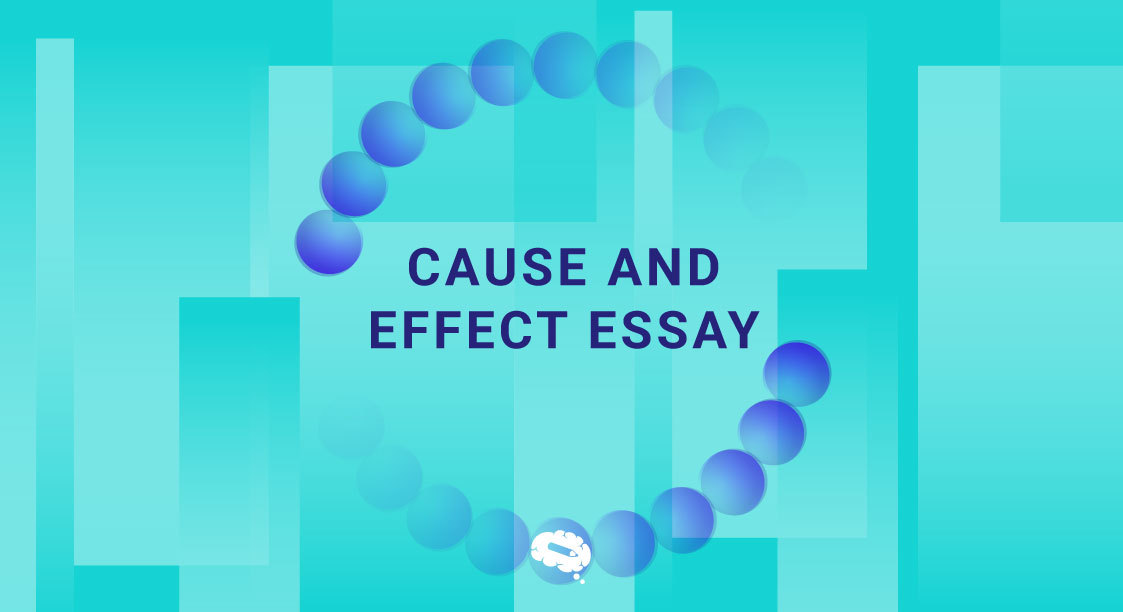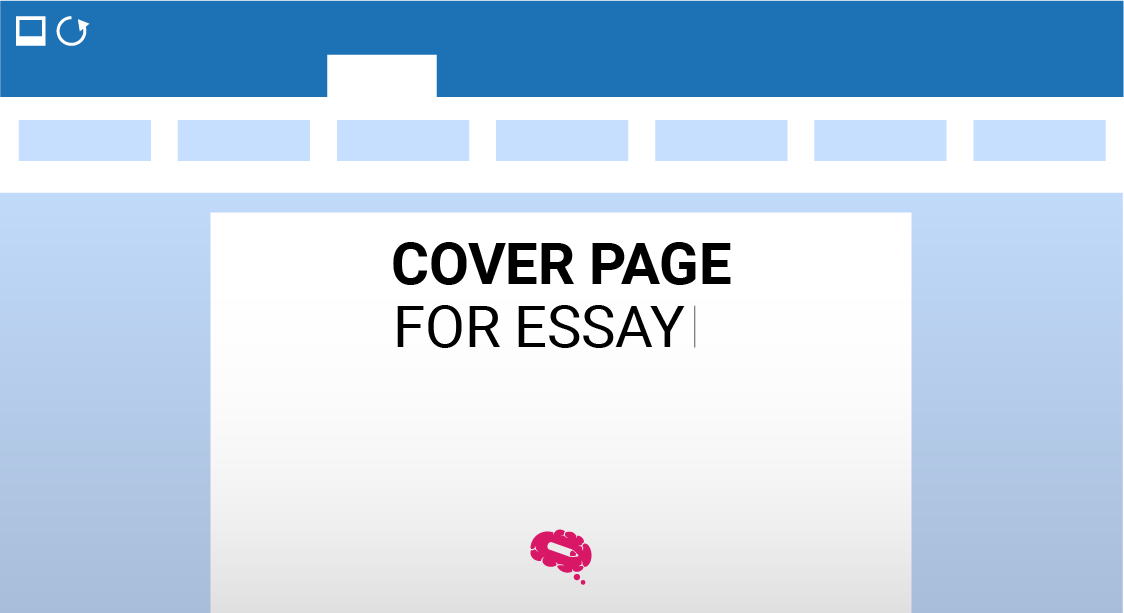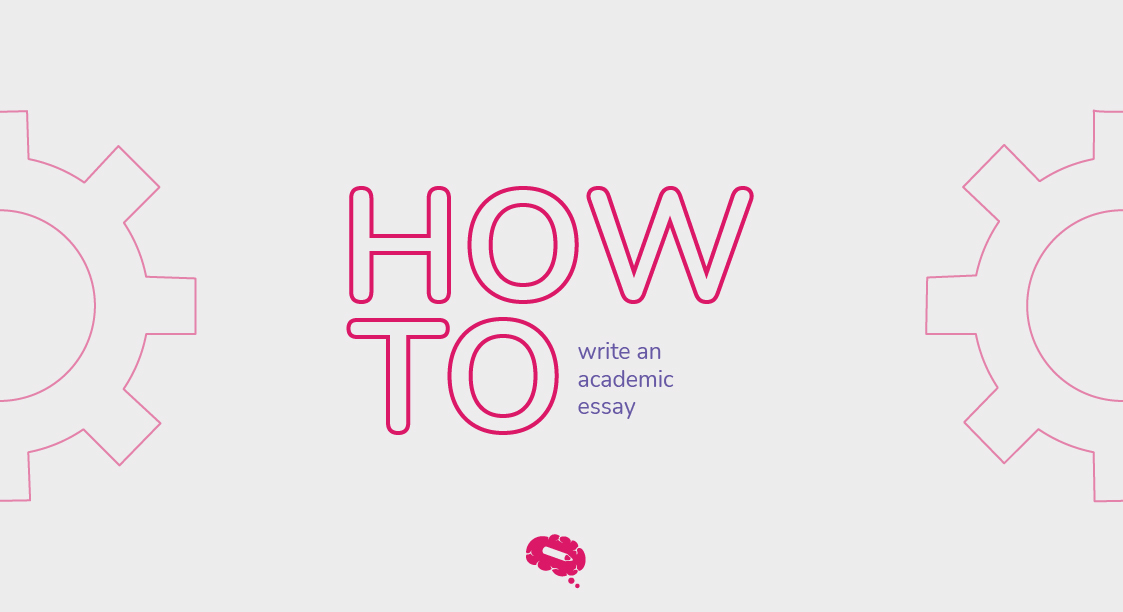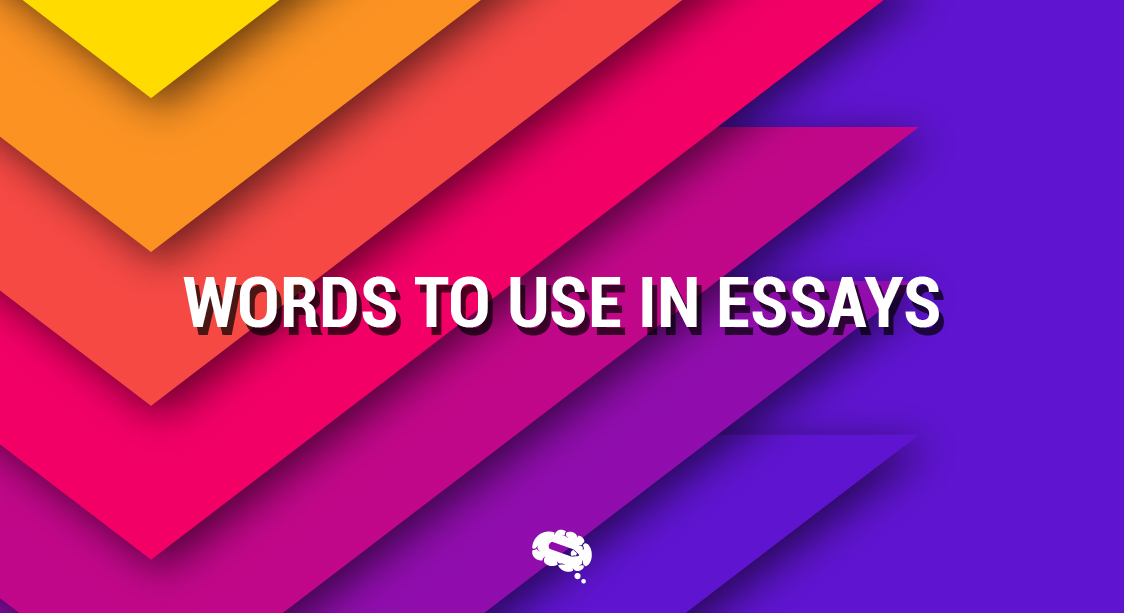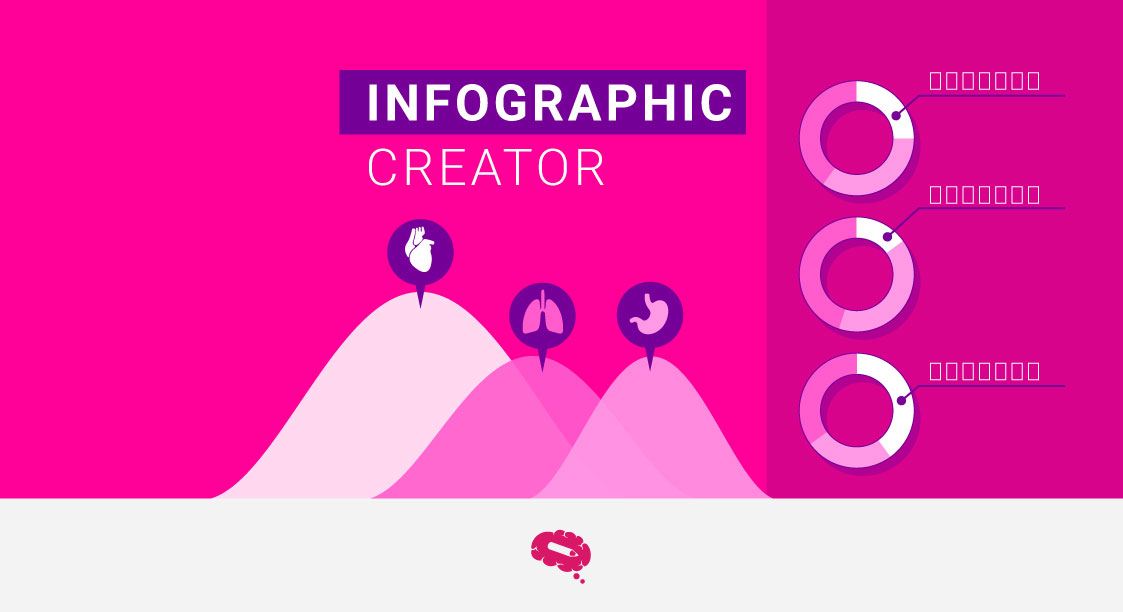There are various forms of writing. Expository, Persuasive, narrative, and descriptive. Each type has its own advantages and disadvantages. You must have come across the need to write an expository essay now and then. But what is an expository essay? Once you read this article with us, you will have a new perspective on the topic and how to write them,
Expository essays are usually written to educate the reader. These types of essays are based on factual information and critical thinking. The writer would try to introduce the subject to the reader without forming any opinions and presenting facts about how they are. Expository essays are usually concise and objectively written.
What Is An Expository Essay?
The academic career requires you to draft an expository essay on various occasions. An expository essay explains a topic in a clear, straightforward manner. Fundamentally, it presents facts, provides explanations, and supports the information with evidence.
The Purpose of an Expository Essay
The purpose of the expository essays is to explain the topic to the reader. It aims to deliver an in-depth understanding of the topic. The writer of an expository essay is well-informed of the topic. One would be able to write an expository article once they have done detailed research. As this kind of essay relies on presenting facts, a lot of reading and brainstorming becomes a preparatory part of expository essay writing.
The expository essays are free of personal opinions. It is presenting facts “As it is” and not how you think it would be. This type of essay would be a great way to represent research progress.
Read more: Expository Essays: A Complete Guide
Structure of an Expository Essay
As with any other article type, an expository essay will have an introduction, body paragraphs, and conclusion paragraphs as the structure of the article.
Introduction
The introduction should contain a brief overview of the topic. It should outline what all would be presented in the article and should provide the reader a base for their reading. It is very important to be accurate with the background information. These sections should only pose the requirement of the study and not the reasoning of the study. The introduction of an expository essay would be free from lines creating any bias towards anything. It could contain definitions and their explanation if necessary.
An introduction to an expository essay should contain a thesis statement. A thesis statement is a clear and concise statement that outlines the main point or purpose of the essay.
Body Paragraphs
Every body paragraph in an expository essay has to be dedicated to a particular point of view that is connected with the topic and serves as a block for a better understanding of the subject. Organization and clarity are very essential for such paragraphs so that the delivery of information is made effective. A well-built body paragraph starts with a topic sentence that presents the main idea. This sentence therefore lays the ground for what is to follow, hence providing clear direction and focus. A topic sentence should be short and to the point, giving the reader an idea of what content is to be covered.
Always Provide Supporting Details
The paragraph should, after the topic sentence, give supporting details, evidence, and examples that explain and elaborate on the main idea. These are elements crucial in strengthening the argument or explanation being put across. This information may come in the form of facts, statistics, quotes from experts, and real-life examples that will elaborate on the subject at hand. The evidence should be credible, directly relevant to the central idea, and contribute to the construction of a solid case to persuade the reader of the information.
For instance, in an expository essay about the benefits of renewable energy, one of the body paragraphs may focus on the environmental benefits associated with using renewable sources of energy. The topic sentence might say something like, “The greatest of all benefits of renewable energy, though, is to the environment.” Then the paragraph would describe the reduction of greenhouse gasses, reduced air and water pollution, and the preservation of natural resources. Evidence may include statistics on emission reductions from using wind and solar energy, as opposed to fossil fuels, alongside in-text citations for quotations by environmental scientists, and finally, examples of countries who have been successful in renewable energy policies.
Such a paragraph should address counterarguments or limitations to be full and informative, thus giving a balanced view of things. In addition, it not only shows mastery of the subject matter but also helps to add some weight to the essay. For example, the paragraph on renewable energy might agree that setting up renewable energy systems can be quite expensive at the outset but would add that they offer savings and environmental benefits in the long term.
Transitions Between Paragraphs
Another major factor that relates to a well-organized expository essay is the use of logical transitions from one paragraph to another. Transitions are important since they create flow, allowing the reader to move through the essay easily from point to point. They also connect the ideas, allowing them to flow coherently and logically in the essay. Transitional phrases, such as “in addition,” “furthermore,” “moreover,” “on the other hand,” and “consequently,” may be used to join paragraphs and ideas. For example, transitioning after touching on the environmental benefits of renewable energy: “In addition to environmental advantages, it has significant economic benefits.”
The essay is peppered with clear logical transitions that keep the narration going to enable the reader to get through the argument and see how various issues on the topic are intertwined. Development in every paragraph should arise from the previous one, adding new information and depth to the general discussion. This way, it creates a cumulative effect in understanding the argument and keeping interest in the essay.
In other words, the structure and the content that a writer gives to each body paragraph in an expository essay are the basics for its effectiveness. A well-focused topic sentence, detailed and nicely supported explanations, and transitions between paragraphs make the logical flow appeal. All those elements combine in the creation of an essay that is not only clear and coherent but also informative in its content to convey the message very effectively to the reader. In other words, it is possible to come up with expository essays that are both engaging and educational when careful attention is paid to the organization and development of body paragraphs.
How Should You Approach The Conclusion For An Expository Essay?
When concluding an expository essay, one should summarize the raised key points in the body of the paragraphs. In providing a summary, it will enable the writer to summarize critical ideas and evidence previously presented, thereby strengthening the overall argument or explanation. Briefly re-addressing these points will refresh the reader’s memory on the most vital elements of the essay.
After the summary, there should be a restatement of the thesis statement. This allows the reader to remember again the central idea or purpose behind the essay; only it must be reworded. This variation shows the thesis has been explored and supported very well throughout the essay.
Finally, the conclusion should offer some final thoughts or a call to action. These final remarks can provide a broader context, suggest implications, or encourage the reader to think further about the topic. A call to action might urge the reader to take specific steps or consider changes based on the information presented in the essay. This closing element leaves the reader with a lasting impression and a clear sense of the essay’s significance.
Types of Expository Essays
Now that we know what is an expository essay, let us learn the types of an expository essay.
Cause and effect
Explain the cause: In a cause-and-effect essay, the cause is the reason why something happens. This part explains the underlying factors or events that lead to a particular outcome.
Describe the effects: The effects are the results or consequences of the cause. This section describes the impact or changes that occur due to the initial cause, highlighting the relationship between the two.
Related article: Connecting The Dots: The Power Of Cause-And-Effect Essay
Compare And Contrast
Comparison between two or more subjects: Such essays on comparison and/or contrast take into consideration two or more molecules, focusing on their similarities and differences. It puts forward a balanced study to let the reader understand the subjects under consideration.
Similarities and differences: The essay does this by picking up points of similarity and difference and discussing them to underline the special characteristics of each subject, which will help in a deeper understanding.
Process Analysis
Step-by-step explanation: The process analysis essay provides a detailed step-by-step guide on how something is done or works. It shows a procedure broken down to clear and manageable steps for the reader to follow.
How something works or is done: Describes the mechanics or procedures involved in completing a task or understanding a process.
Definition Essay
A definition essay is the kind of essay that is meant to expound on a term or concept in great detail, offering insight beyond that which a dictionary would. In such essays, the topic is explored in great detail, with several aspects, implications, and interpretations brought out with a view to making readers comprehend a given term or concept.
For further details and examples read more here!
Tips for Writing an Effective Expository Essay
Research and Gather Information
When you gather information, always use reliable sources. Take detailed notes while reading. Use templates to organize the information and highlight the important points in the writing. If you want to learn how to manage the references, please read our blog article on Note Taking Styles to learn more.
Organize Your Essay
Before jumping to writing, make a habit of creating an outline of an article. Ensure logical flow through titles and subtitles. This will help you present the facts more effectively.
Clarity and Precision
Don’t try to prepare longer statements. Stick to your strength. Use clear and simple language. Avoid jargon and complex sentences which will help you communicate your message clearly. Expository essay does not contain opinions as mentioned earlier and thus, it is very important to check that facts are presented as clearly as possible. Make sure to organize your information logically so that each point builds on the previous one, enhancing comprehension. By maintaining clarity and precision, you ensure that your essay effectively educates and informs your reader.
Revise and Edit
Everyone is bound to make mistakes when they are writing for the first time. Don’t worry. Review your document, check for errors and inconsistencies. Try to read the article from a third-person perspective. Try to be neutral while you read it and comment on the article as a reviewer. This will help you get rid of a lot of mistakes in general. If you have peers who can help you with reading the essay, seek feedback from them. Incorporate corrections and try to fully proof the article before you finalize it.
Conclusion
An expository essay is a practical way to explore a topic and provide a comprehensive understanding. By using a clear structure and supporting facts, you can effectively communicate your ideas to the reader.
Don’t forget to subscribe to our blog, stay updated always!
Mind the Graph Can Help You Here Too!
How? You would think “We are just one online platform with the feasibility of preparing illustrations and graphical abstracts, how can we help you in writing the expository essay? Mind the Graph is a lot more than that. We can help you in several ways. Our blogs will help you to find your way through writing styles and how to create outlines for the essay. Use the platform to create the mind map of your thoughts and lead your reader the right way.
You can always bring the pictorial presentations with scientific illustrations in the essay to make it more effective. Isn’t it useful? Mind the Graph is a wholesome package for your all needs. Sign up for free and feel free to reach out to us for any help.

Subscribe to our newsletter
Exclusive high quality content about effective visual
communication in science.



